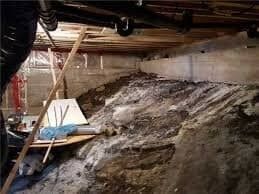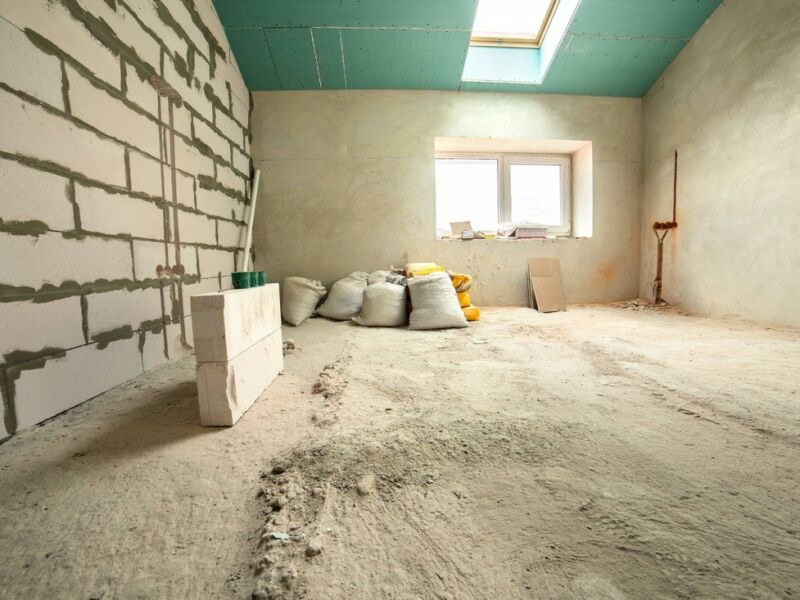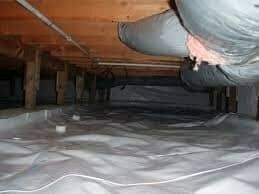
The Importance of Drying out a Crawl Space
When dealing with water damage in a home or building, it is crucial to address the issue promptly and thoroughly. This includes drying out any affected areas, including the crawl space. Leaving a wet crawl space untreated can lead to various problems, such as mold growth, structural damage, and compromised indoor air quality. Drying out a crawl space effectively is essential to prevent further damage and ensure a safe and healthy living environment.
The Factors Affecting Crawl Space Drying Time
1. Extent of Water Damage
The severity of water damage in the crawl space directly affects the drying time. If the crawl space is saturated with water, it will take longer to dry compared to a moderately wet area. The volume of water and the duration of exposure play a significant role in determining the drying time.
2. Ventilation and Air Circulation
Adequate ventilation and air circulation in the crawl space are essential for the drying process. Good airflow helps remove moisture and promotes evaporation. Without proper ventilation, the drying time may be prolonged, leading to mold growth and other complications.

3. Climate and Weather Conditions
The climate and weather conditions in the area also influence the drying time. In humid climates, the moisture levels in the air are higher, making it more challenging for the crawl space to dry out quickly. Additionally, cold weather can slow down the evaporation process, extending the drying time.
4. Type of Materials in the Crawl Space
The types of materials present in the crawl space can affect the drying time. Porous materials, such as wood and insulation, absorb water and may take longer to dry compared to non-porous materials like concrete. The presence of carpet or upholstery in the crawl space can also increase the drying time.
The Process of Drying out a Crawl Space
The drying process for a crawl space involves several steps to ensure effective and thorough drying. These steps include:
1. Water Extraction
Prior to drying, any standing water or excess moisture in the crawl space needs to be removed. This can be done through water extraction methods such as pumping or using wet vacuums. It is important to remove as much water as possible to expedite the drying process.
2. Moisture Detection
After water extraction, moisture detection techniques are employed to identify any hidden moisture pockets or areas that may require further drying. Moisture meters or infrared cameras can be used to accurately locate and assess the extent of moisture within the crawl space.

3. Drying Equipment Installation
To expedite the drying process, specialized drying equipment such as dehumidifiers and air movers are installed in the crawl space. Dehumidifiers help remove excess moisture from the air, while air movers facilitate airflow and promote evaporation. The equipment is strategically placed to ensure optimal drying throughout the crawl space.
4. Monitoring and Moisture Testing
Throughout the drying process, regular monitoring and moisture testing are conducted to track the progress and ensure that the crawl space is drying effectively. Moisture levels are measured using moisture meters, and adjustments to the drying equipment may be made based on the test results.
5. Cleaning and Restoration
Once the crawl space is deemed dry and free of moisture, cleaning and restoration of any damaged materials or structures can commence. This may involve repairing or replacing damaged insulation, treating mold or mildew growth, and addressing any structural issues that may have arisen due to the water damage.
Conclusion
Drying out a crawl space is a critical step in water damage restoration. The drying time can vary depending on multiple factors, such as the extent of water damage, ventilation, climate, and the types of materials present. By following a systematic drying process and ensuring the proper installation of drying equipment, it is possible to effectively dry out a crawl space and prevent further damage and complications.
How long does it take for a crawl space to dry out?
Can I dry out a crawl space on my own?
Sources: Water Damage Restoration Vs. Water Mitigation, The Best Water Damage Restoration Services of 2023, Water Damage Restoration Collection Articles
Amazon Products:
Related Amazon Product Name – Price: $X.XX
Related Amazon Product Name – Price: $X.XX
Disclaimer: As an Amazon Associate, we earn from qualifying purchases.



